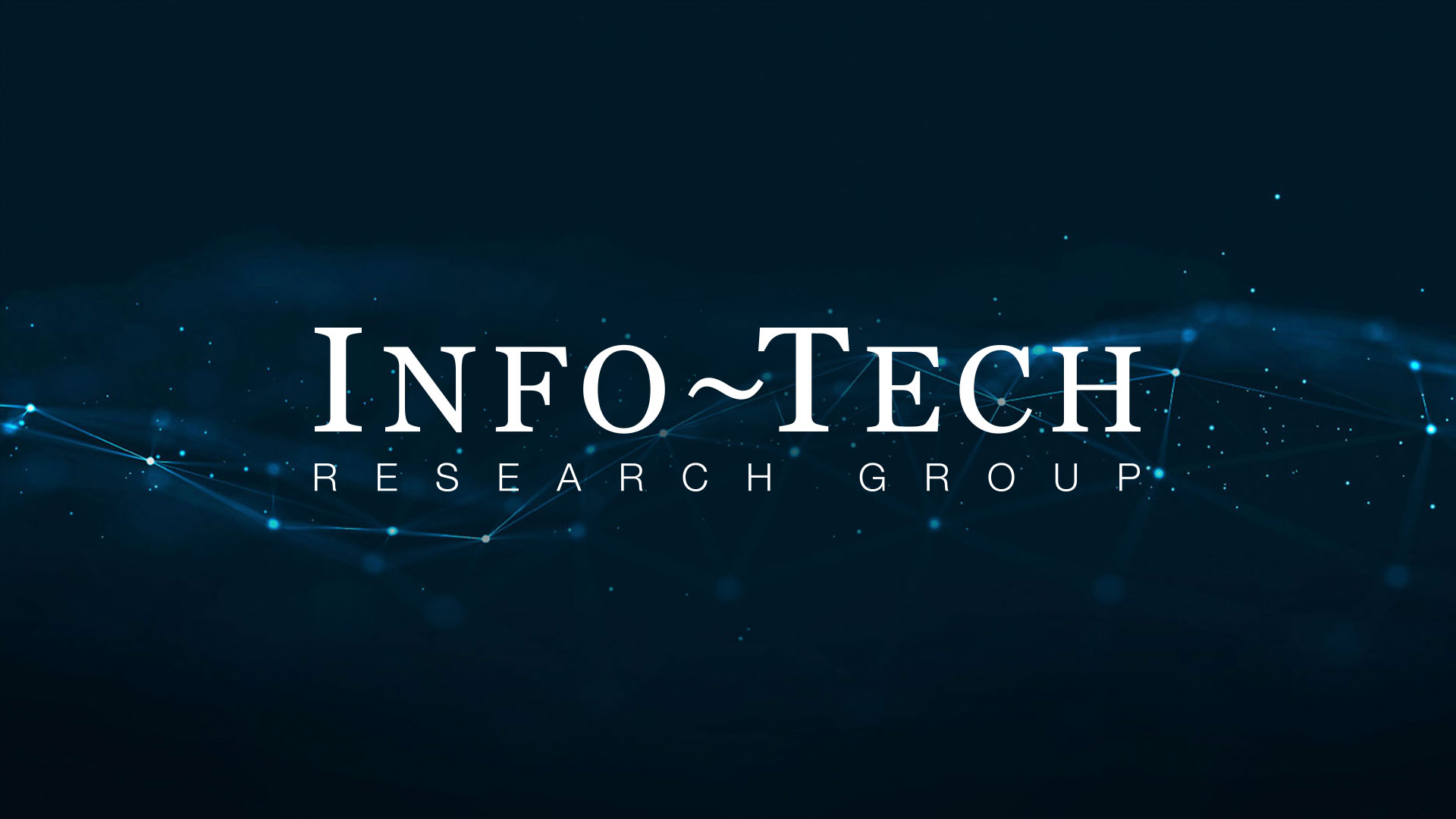
CEO-CIO Alignment Program
Decipher business needs by understanding the CEO’s perspective. Automate IT-business alignment so IT can operate effectively and generate tangible value for your business.
Featured
Buildings Business-Aligned IT Strategy
- Learn about the ecosystem factors that are impacting the Buildings industry and how your IT team is set from a PESTLE and SWOT perspective, with expert insights and takeaways to update your IT strategy.

Deliver an IT Strategy Engagement

 Upcoming
Upcoming 






































